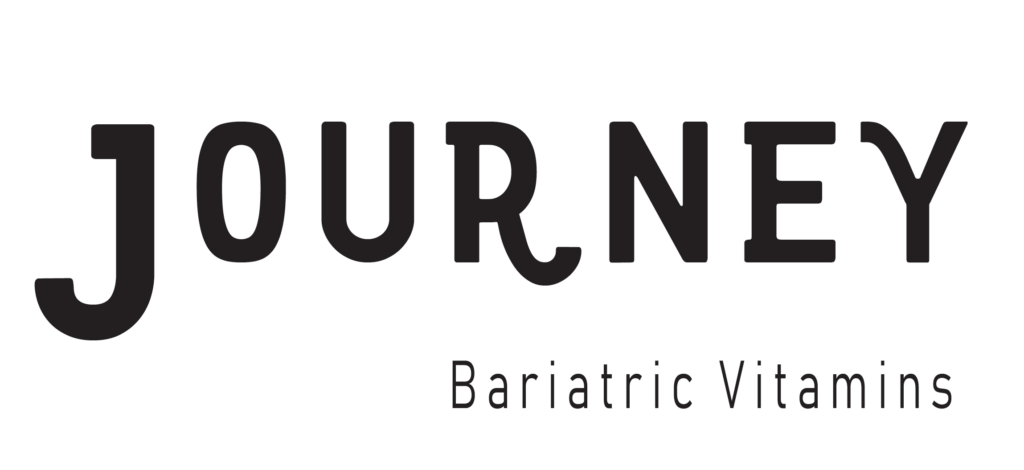Facilitated by Chris Bovos, BSN, CBN
The following is an outline summary of the food label presentation given at the January 2nd support group meeting. This information has been written up in more detail and presented in a blog article that can be viewed on our blog page: Healthy Eating – The Importance of Understanding Food Labeling
Certified Organic
- Most meaningful
- Cannot be grown with fertilizers, synthetic pesticides or sewage sludge
- Cannot be genetically engineered or irradiated
- Animals – eat only organically grown feed, no hormones, or antibiotics, and must have access to the outdoors and pastures
- Animals cannot be cloned
Country of Origin
- In U.S. only required for chicken, seafood, produce and some nuts
- Congress repealed this for pork and beef in 2015 due to pressure from meat industry
- Most other developed countries still require it
USDA Inspected
- Just means the food meets certain quality standards and has been inspected by USDA employees
- Are graded based in quality and size – not production methods
- Tells you nothing about the company’s practices
Treated with Irradiation
- In grocery stores, food must be labeled and marked with a radura symbol
- Used to reduce spoilage, eliminate some bacteria such as e-coli, salmonella, etc.
- No studies to show ill effects, and radiation doesn’t remain in food, but questions remain regarding what it does to the nutrients.
- Label does not apply to restaurants, schools, hospitals or process foods that contain irradiated ingredients
Chickens, Eggs and Meat
- Cage Free – birds raised without cages – may still come from crowded factory farms – can spread their wings
- Pasture-raised – spend at least some time outdoors on pasture, feeding on grass or forage – doesn’t specify how much time.
- Grass-fed – after weaning, primary source of food comes from grass or forage – not from grains such as corn (doesn’t tell if antibiotics or hormones were used or animal living conditions)
Raised without Antibiotics/Hormones
- Animal received no antibiotics over its lifetime
- No guarantee about other conditions
- No synthetic hormones administered
- Federal law prohibits the use of hormones on hogs and poultry
- Feed and dairy cattle are permitted the use of hormones – look for rBGH-free or rBST-free
Misleading Labels
- Organic seafood – there is no US govt. standard – can’t be “organic”
- Free Range – only for poultry; for meat – not regulated for pigs, cattle or egg-producing chickens (standards very low for chickens)
- Natural or Naturally Raised – cannot contain artificial color, flavors , preservations or other artificial ingredients. Doesn’t tell how raised, if antibiotics or hormones used, etc.
- Fresh – only regulated in poultry – meat was not cooled below 26 degrees F
Whole Grain vs 100% Whole Wheat
- Breads and crackers are very misleading
- If it has more than 1 type of grain, they can say “multi-grain” even though it may be mostly white flour
- If it says “whole wheat” it doesn’t mean 100% whole wheat
- Best thing is to look for the seal from the Whole Grains Council that lets you know there are 16 grams of whole grains per serving
Nutrition Labels
- Keep Protein to Carb ratio at 1 to 1 – eat 1 gm of carb per 1 gm of protein
- If you eat 20 gms of protein, you should not eat more than 20 gms of carbs.
- Fat grams – keep under 45 per day
- Total carbs – fiber = net carbs
Sugar
- Has been added to everything for the last 40 years – biggest cause of inflammation, and inflammation causes disease
- Hidden in the food and labels – look for ingredients that end in “..ose” or anything with “malt” such as barley malt, syrups, etc,
- WHO recommends no more than 25 gms of added sugar a day
- Sugar causes increase in blood glucose, which causes the pancreas to release insulin, and the increased insulin causes the body to store the calories as fat.
Fructose
- Fructose is a particularly damaging type of simple sugar
- Glucose metabolizes 20 percent in the liver and 80 percent throughout the rest of the body
- Fructose is 90 percent metabolized in the liver and converts to fat up to 18.9 times faster than glucose – can lead to fatty liver disease and cirrhosis
- Fructose can lead to leptin resistance – leptin tells your body when you are full. Leptin resistance stops that signal to your brain so you never feel full.
High Fructose Corn Syrup (HFCS)
- HFCS is found in 75% of packaged foods and drinks, mainly because it is cheaper to manufacture and 20% sweeter than raw sugar.
- Turns on the metabolic pathways that convert it to fat and store it in the body, adding weight
- Isn’t metabolized in the brain – brain thinks the body is starving. You remain hungry, become lethargic and less inclined to exercise
Cut Out the HFCS
- Removing from the diet makes way for food your body can metabolize properly
- Reduces sugar cravings
- Get healthier without counting calories
- “This one change has the potential to prevent serious diseases and restore health.” Tyree Winters
How Much Is a Serving?
- Practice Portion Control:
- Use measuring cup or food scale
- 3 ounces of cooked meat, fish or poultry is about the size of a deck of cards
- ½ cup is size of an ice cream scoop
- 1 cup is size of a tennis ball
- 1 ounce cheese is size of a domino
- Check soup bowls to see how much they hold – 8 or 16 ounces?








